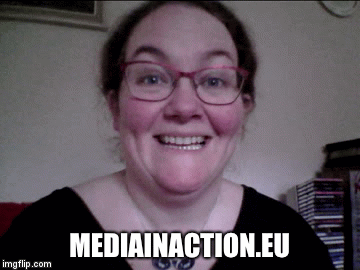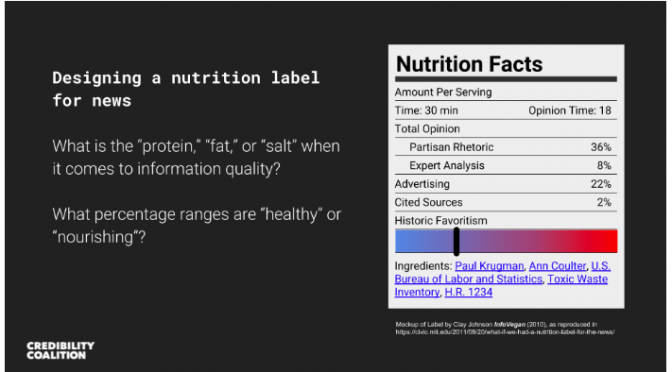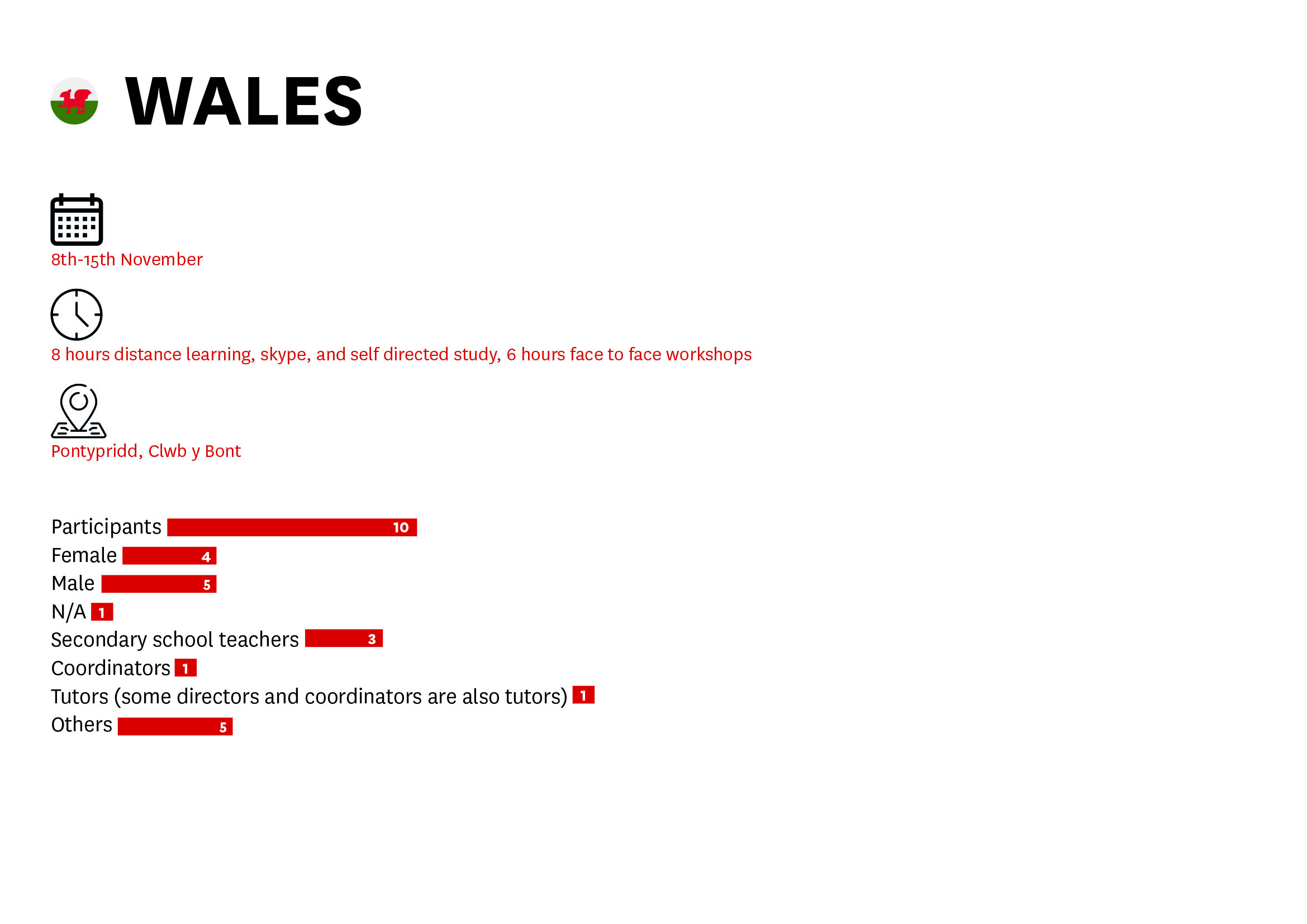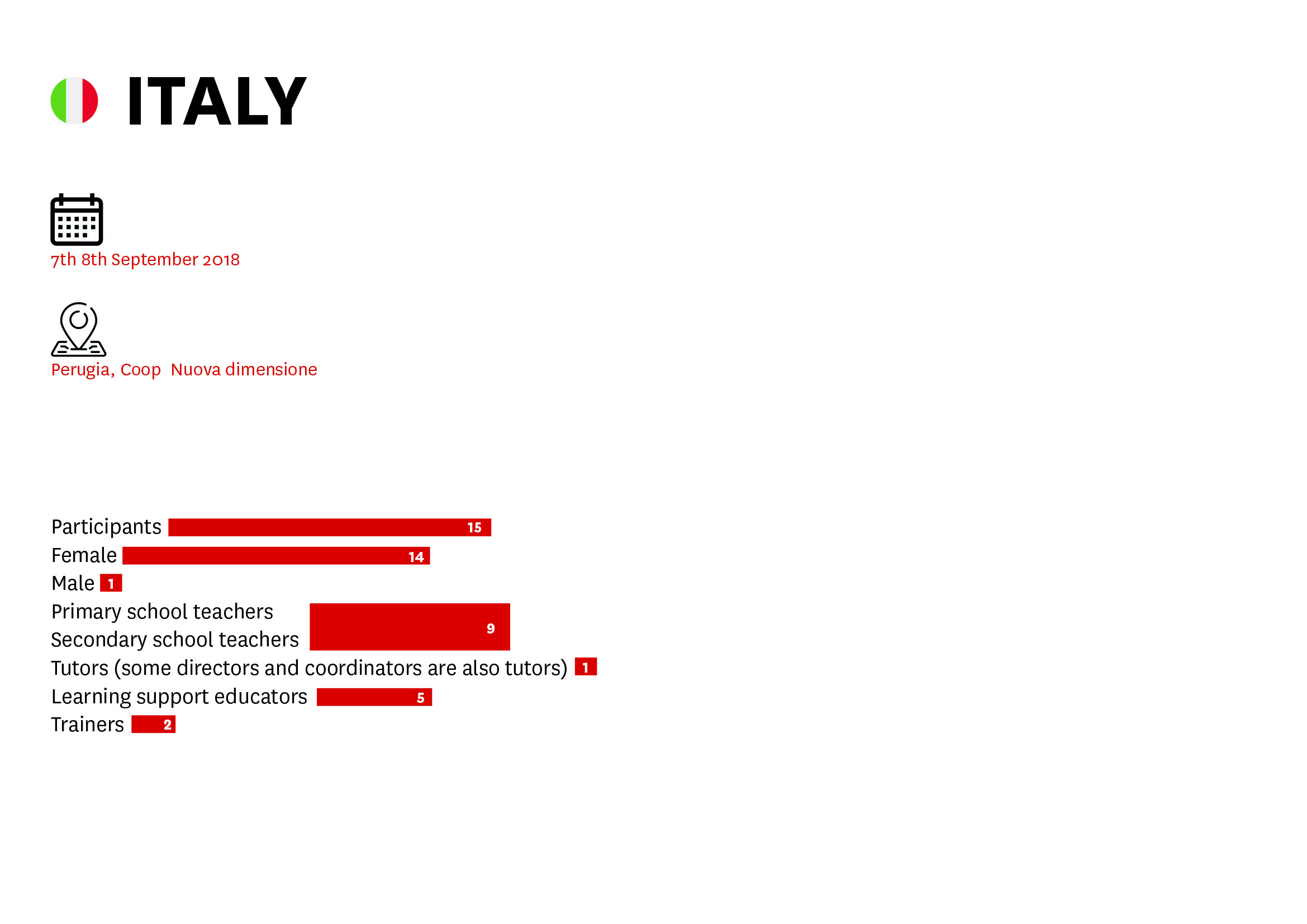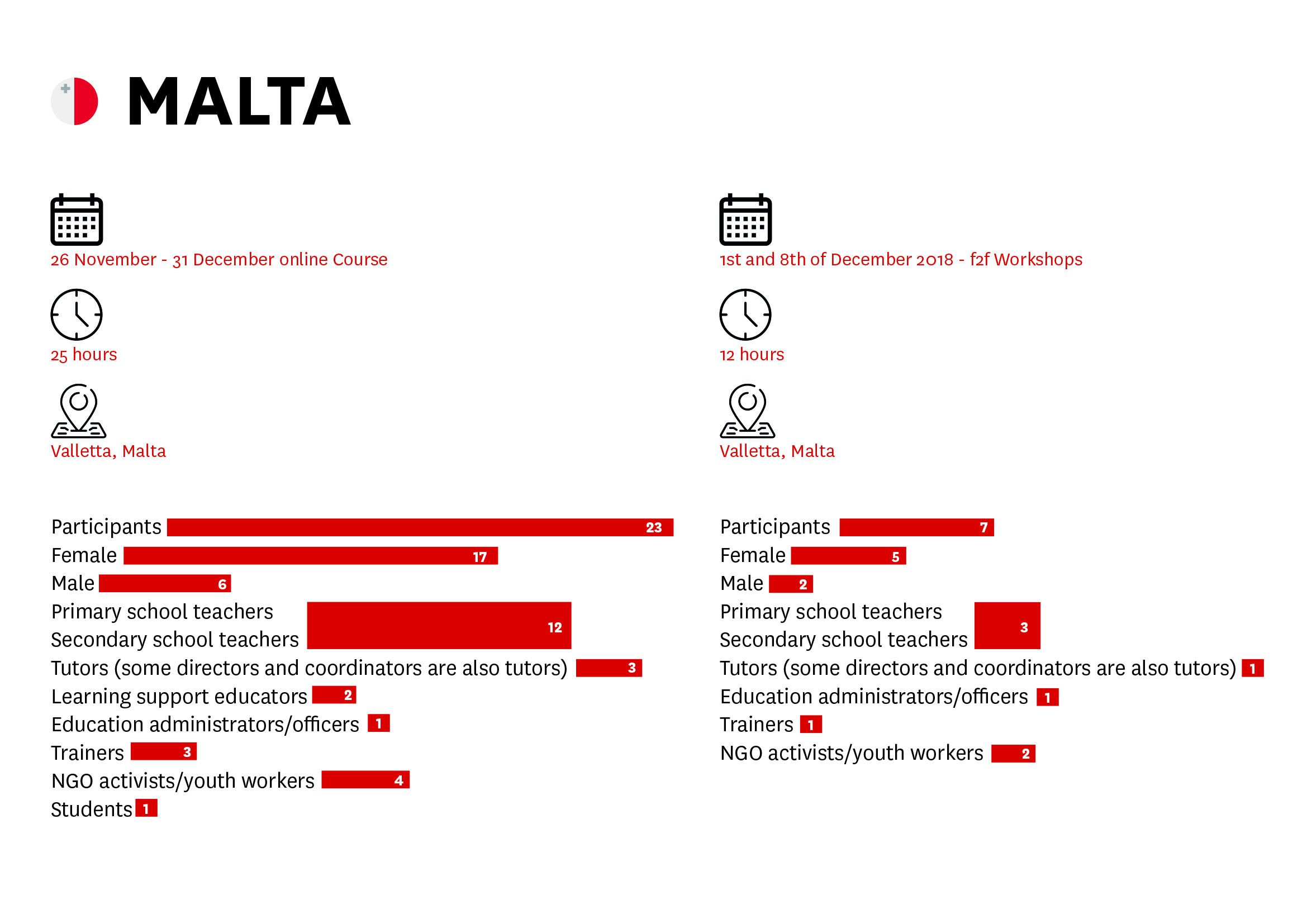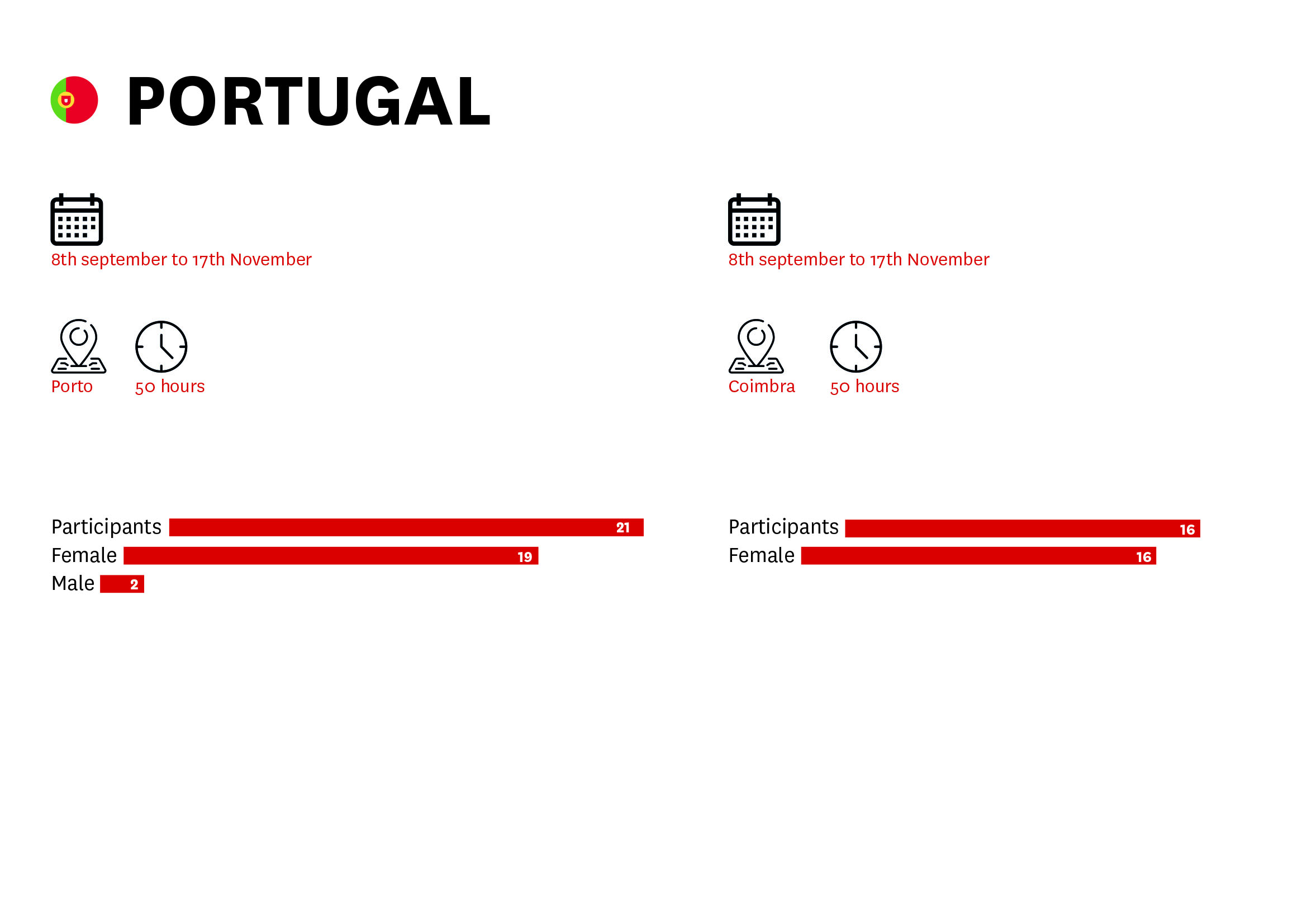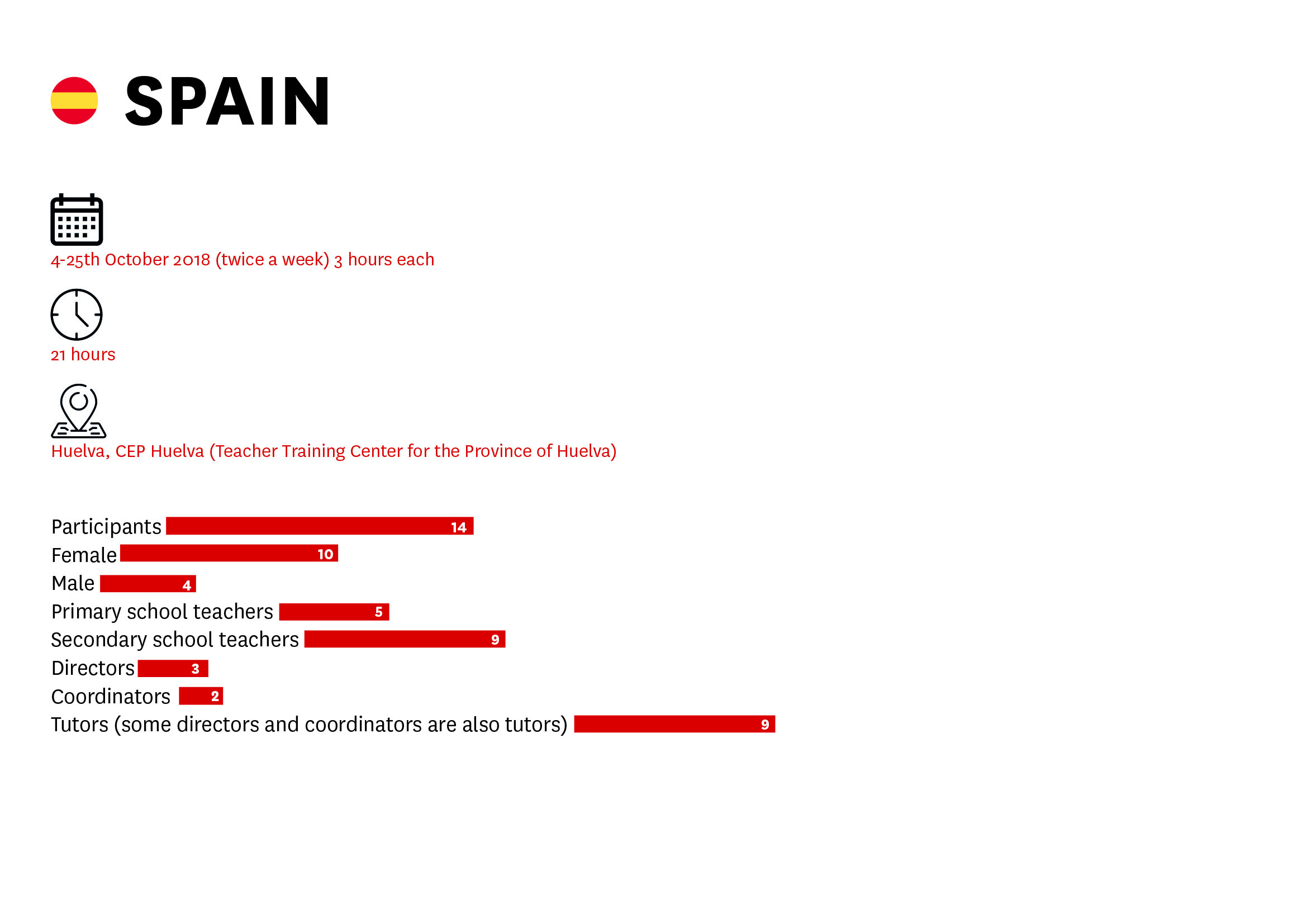Disculpa, pero esta entrada está disponible sólo en English. For the sake of viewer convenience, the content is shown below in the alternative language. You may click the link to switch the active language.
Archivo de la categoría: UK Resources
(English) Make a GIF
GIFs are halfway between an image and video, they can relay more information than a static picture without the time investment of a video. In journalism they can be used to focus on a particular moment in an event such as in Sports. Or they can add explanation or illustration to a story.
Watch the short screencast below to see how to turn a video into a GIF using https://imgflip.com/gif-maker
Share your GIFs with us on Twitter with #MIA_eu or @MediaInAction_
The following resources explain some more ways to use GIFs in the classroom
(English) Class activity – «Nutritional Labels» for News
Background Reading https://misinfocon.com/nutrition-labels-for-the-news-a-way-to-support-vibrant-public-discussion-20c64225637c
This is a lesson activity designed to encourage critical thinking and analysis of news articles. It is adapted from a workshop at MisInfoCon. There are no right or wrong answers, the activity provides a lens through which students must analyse the stories rather than merely consume them.
Materials;
- Printouts news articles from a variety of sources
- Example food labels
- (Optional – multimedia such as a news video or podcast)
How to do it;
Introduce the activity by showing some example food labels, ask how do we know if a food is good for us?
Briefly discuss or recap what sort of things you would look for to determine how reliable and accurate a news story or piece of media is.
(You could use the cheat sheet from the theory presentation)
Ask students to work in pairs to create their own labelling system for news. They should aim to choose 4 or 5 key ingredients. Give each group one story to work with. Once they have produced their ‘tool’ give them a different story and ask them if their tool still works.
Each pair should then present back their ideas to the group.
Created in conjunction with Rula Awad and MisInfoCon
